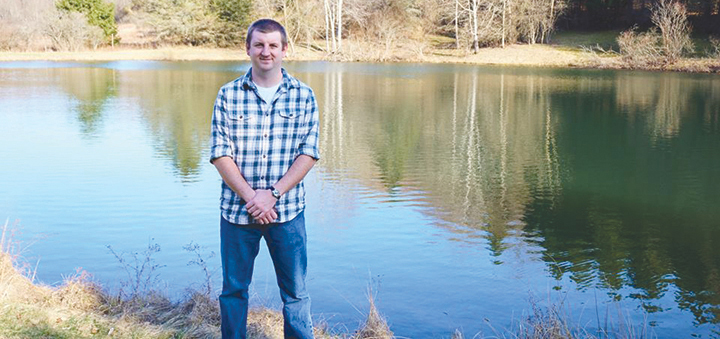Spring Whiskers
Published:
March 17th, 2021
By:
Eric Davis

If you asked a few people for a sign that spring is here, you would likely get a handful of answers that get repeated. Flocks of robins in the yard, hearing Canada geese on their northern migration, daffodils popping up, and the final disappearance of the compacted snow piles left from plowing all are signs that people use to gauge that winter is finally in the rear view.
Another sign of spring that many anglers look forward to is bullhead fishing. While it is not an early spring activity, the bite can get crazy in a hurry. Bullheads head to the shallows where the water warms up faster which brings more food sources, and they school up ahead of their spawning season in late spring when the water temperature reaches 70 degrees.
Bullheads are easy to catch and do not require fancy equipment so almost anyone can give it a try without investing a lot into it. Since they do not get overly big, a medium action rod is all you need. Load your reel with 8-pound test line and you are good to go. As scavengers, bullhead will eat about anything so bait can vary from chicken livers to leeches but nightcrawlers are the most popular option. Use a number 6 hook on a snelled leader in case the fish swallows the hook too far, that way you can grab another leader and hook to keep fishing. Retrieve the swallowed hook when you clean you catch at home. Some anglers like to fish their bait close to the bottom while others prefer to use bobbers to better see when they get a bite.
While they can be caught during the day, bullhead fishing is mostly done from sunset into the wee hours of the night using lanterns or flashlights. Consider using a bell on the end of your rod to let you know when a fish is biting in the dark or use a lighted bobber. Some other gear to bring with you is a chair, a stick to set your rod on, needle nose pliers in case of deep swallowed hooks, and a bucket or cooler to carry your catch home in.
Popular locations for catching bullhead include inlets into bodies of water such as creek mouths. A common tactic is to fish the mudline. The water coming into the lake is often muddy from runoff or spring rains and makes a distinct line compared to the clearer water of the lake. Fishing on the line where bullhead roam looking for easy food that is brought in from the flowing water puts your bait in prime position to get eaten. If fishing from shore, you want to be fishing in 3-4 feet of water.
Handling bullheads is where some people have issues. Armed with barbs in their pectoral (front) and dorsal (top) fins, they can cause a lot of pain. Grab the fish from the top directly behind the gills being sure to compress their pectoral and dorsal fins against their body. Then use your other hand to work your hook free.
Many people enjoy eating bullheads that they catch. Make sure to clip the barbs from the fins when cleaning you catch. Bullhead can be prepared with the skin on or with the skin removed. Battered and fried is a common cooking method but using a smoker to cook the meat is a growing trend.
So if you are looking for something new to try this spring and want to get outside where you can hear the chorus of spring peepers, look into fishing for bullheads.
Author: Eric Davis - More From This Author
Comments




